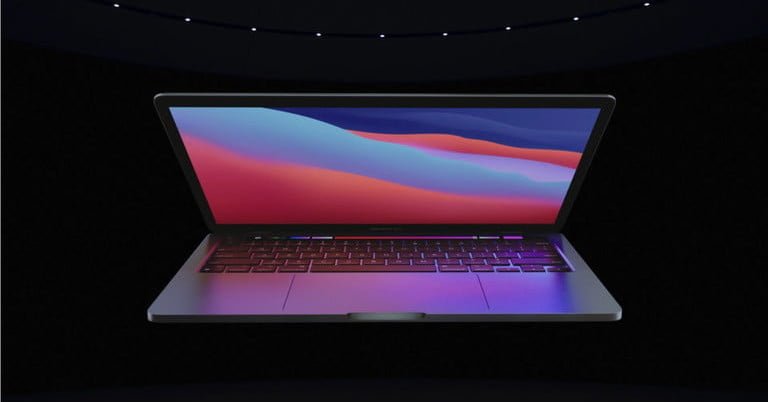When it comes to the Mac, 2020 ended up being a year I’d spent many years waiting for. For those of us who follow Mac news closely, the transition away from Intel to its own custom ARM chips was a long time coming.
From the announcement at WWDC to the rollout of the first M1 Macs this fall, it’s been a monumental year in the development of the Mac.
If you thought that meant all the excitement was about to slow down, though, you’d be wrong. Here’s why 2021 is bound to be an even bigger year for the Mac.
The M1 was only the beginning

Apple’s switch to the M1 has been fast, precise, and confident. With three products under its belt — the MacBook Pro, MacBook Air, and Mac mini — the road to a full lineup transition was off to a great start.
More than that, Apple delivered on both performance and app support. As it stands today, you’d be hard-pressed to find an application that doesn’t run on the M1 at least as fast as on its Intel counterparts. That alone is a huge achievement, especially when you consider how tough a time Windows has had on ARM.
But again, this is really only the beginning. Many important applications are still running in emulation via Rosetta 2, including much of the Adobe creative suite and many pieces of software that professionals rely on. Full optimization for the M1 in these more demanding apps will show us what the processor is really capable of.
By the end of 2021, I’d expect the app situation, and thus, the performance of the M1, to be significantly improved.

Of course, the M1 itself is only the tip of the iceberg. The initial launch of M1 Macs are all entry-level computers. The M1 in the MacBook Pro and Mac mini has the same nine-watt power envelope as the fanless MacBook Air, and the performance difference is fairly small.
In 2021, Apple will likely introduce more powerful versions of the M1 (perhaps the M1X?), which will be the real test of Apple’s engineering. I can’t wait to see what Apple can do in a larger form factor like the iMac or a 16-inch MacBook Pro. When it comes to ARM chips, Apple will be breaking new ground.
The Macs of 2021
These M-series chips offer the designers and engineers at Apple something far more powerful than just performance. Control. Using Intel processors in older MacBooks over the years has prevented Apple from adding new features to the Mac. Implementing features that are tied directly to hardware, such as Face ID, just isn’t possible.
That was the reason for the T2 Security Chip. It was a co-processor Apple began to put in its Macs not only for security purposes, but also to introduce new features. After the T2 came Touch ID — and then improved speakers and microphones. These are mere previews of the types of features that could be coming in the future of Macs.
We haven’t seen those features in this new era of Macs. In fact, even the designs don’t take full advantage of this new processor. A good example is the MacBook Pro 13-inch, which has the same cooling system as previous models despite having far less need for it. It doesn’t cause any problems, but it doesn’t feel like it’s been optimized for this new efficiency.

Some of those hardware changes are already in the works. In 2021, we’re expecting to see a number of new Macs launch, and the designs are about to get exciting. The MacBook Pro 13-inch, for example, is rumored to be replaced by a 14-inch model with thinner bezels and a mini-LED display. That same mini-LED technology is also rumored to be found in a redesigned iMac — again with smaller bezels. Hardware designs that take full advantage of the efficiency of the M-series processors are where the real potential lies.
By that standard, the Macs of 2020 seem a little boring. Don’t get me wrong — these are a huge deal. But the true opportunity for Apple lies ahead, and that has me more excited for the future of the Mac than ever before.
Editors’ Recommendations
